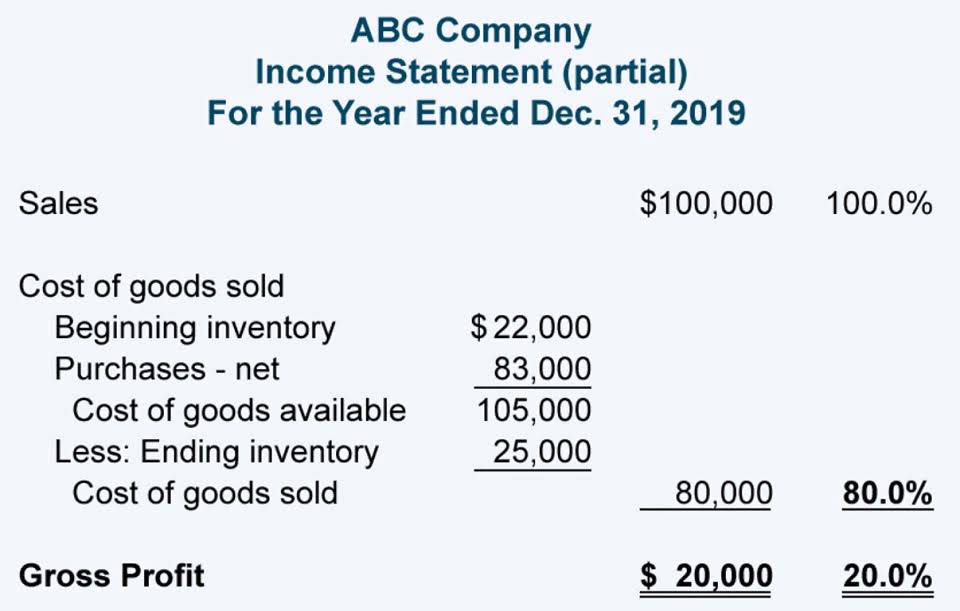
Therefore, the $1,500 adjusting entry should be made to rectify the amount of accumulated depreciation account. When a company sells an asset, it must accurately record the transaction in the journal entries. These entries ensure that the disposal of the asset and any resulting gain or loss are reflected in virtual accountant the financial reporting, impacting the net income on the income statement.

Tax Implications of Depreciation
After the asset’s useful life is over and when all depreciation is charged, the asset approaches its scrap or residual value. In the Spivey example, fixed assets we assumed that the assets were purchased on the 1st day of the month, but of course, that is not usually the case. The depreciable base in the example is $16,000 which is multiplied by 33.33% to arrive at a depreciation expense of $5,333 for year 1.

How do changes in useful life or salvage value impact a depreciation journal entry?
An asset may be transferred from a construction-in-progress account to a completed fixed asset account when fully constructed. A fixed asset may be transferred between subsidiaries, business segments, locations, or departments of an entity. In the case of asset grouping, one or multiple assets included in an asset group may be transferred. Depreciation expense account is an expense on the income statement in which its normal balance is on the debit side. On the other hand, the accumulated depreciation is an item on the balance sheet.
Amortization Journal Entry for Intangible Assets
Depreciation expense represents the reduction in value of an asset over its useful life. Multiple methods of accounting for depreciation exist, but the straight-line method is the most commonly used. This article covered the different methods used to calculate depreciation expense, including a detailed example of how to account for a fixed asset with straight-line depreciation expense.
- Let’s look at the different methods of calculating depreciation and how they impact your journal entries.
- The company usually cannot tell exactly how long the asset will be used.
- Because organizations use the straight-line method almost universally, we’ve included a full example of how to account for straight-line depreciation expense for a fixed asset later in this article.
- For example, you might forget to record it at the end of the month or year, or worse, record it too early or late.
- When a company sells an asset, it has to remove both the asset and its accumulated depreciation from its books.
- Well, if you just keep the original value of the equipment in your records without subtracting depreciation, it won’t show the true value of your assets.
- Regardless of method applied, the journal entry for depreciation will include a debit to depreciation expense and credit to accumulated depreciation to be used in the calculation of net fixed assets.
- This accounting method spreads the asset’s purchase cost across the periods it helps generate revenue, rather than tracking fluctuations in market value.
- With a useful life of five years, the depreciation rate for the asset (2/useful life) will be 0.4.
- The report is a schedule showing the beginning balance, purchases and/or additions, disposals, depreciation, and ending balance of fixed assets for a certain time period.
- In a traditional accounting system, adjusting entries are made in a general journal.
- A depreciation schedule outlines the depreciation expense for each accounting period over an asset’s useful life.
More than likely, your accountant will make this adjusting entry for you, or your accountant may be able to provide you with a schedule showing the amount of depreciation for each asset for each year. To better understand depreciation, let’s distinguish between accumulated depreciation and depreciation expense. Now, to calculate the depreciation expense for year 2, we will need to determine the new book value of the asset as well. According to the straight-line depreciation method, the depreciation expense will be $1,000 per year. This method is used only when calculating depreciation for equipment or machinery, the useful life of which is based on production capacity rather than a number of years.
- In Saudi Arabia, proper depreciation accounting also helps businesses meet Zakat, Tax, and Customs Authority (ZATCA) requirements, particularly under VAT and tax filing rules.
- Now, let us understand how to post accumulated depreciation journal entry in Tally.
- We are tracking the loss in value using the Accumulated Depreciation contra asset account.
- By debiting accumulated depreciation, you are showing that the value of the machine has decreased over time by ₹8,000, and now that you’ve sold it, the machine is no longer part of your assets.
- Depreciation is an allocation of the cost of tangible assets over its estimated useful life.
- Calculating depreciation is the first step in managing depreciation expense.
- This ensures the asset’s cost is systematically allocated and financial statements adhere to accounting standards.
What are fixed assets?
Using the straight-line method, the company charges depreciation of $1,000,000 in the books of accounts every year. At the beginning of the accounting year 2018, the balance of the plant and machinery account was $7,000,000, and the balance of the accumulated depreciation account was $3,000,000. During the year, the company made no purchases and sales concerning its plant and machinery.

It is a balance sheet item which its normal balance is on the credit side. Likewise, when a fixed asset is fully depreciated, the accumulated depreciation of that asset equals its total cost. In other words, the net fixed asset value how to record depreciation expense in journal entry is zero when that time comes. At the end of the accounting period, the journal entry of depreciation expense is necessary for the company to have the actual net book value of total assets on the balance sheet. At the same time, it is to recognize the expense that incurs with the usage of the asset during the period.
